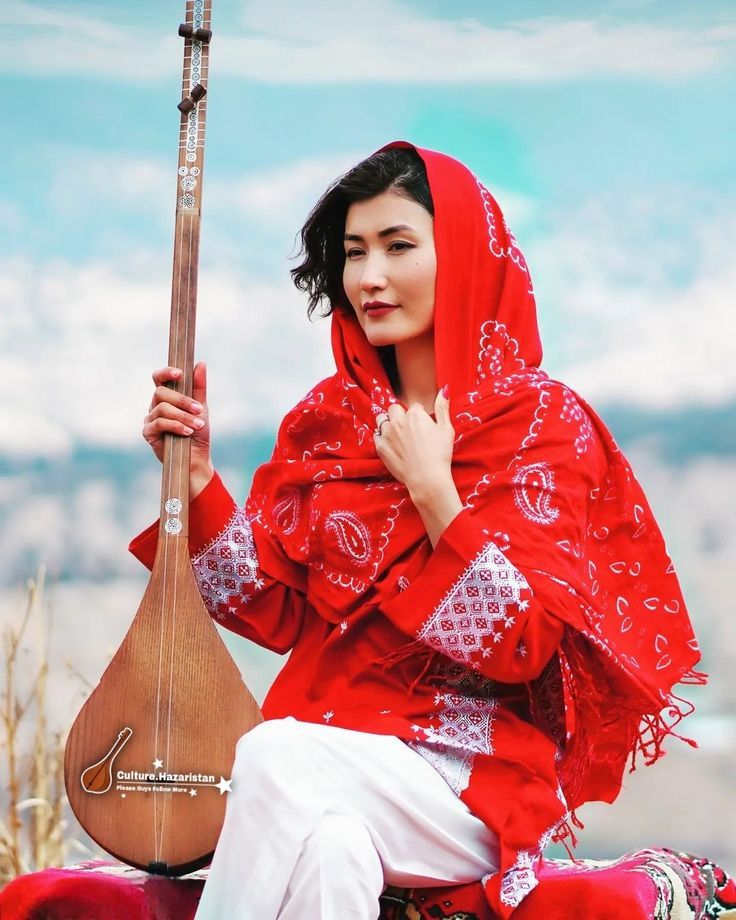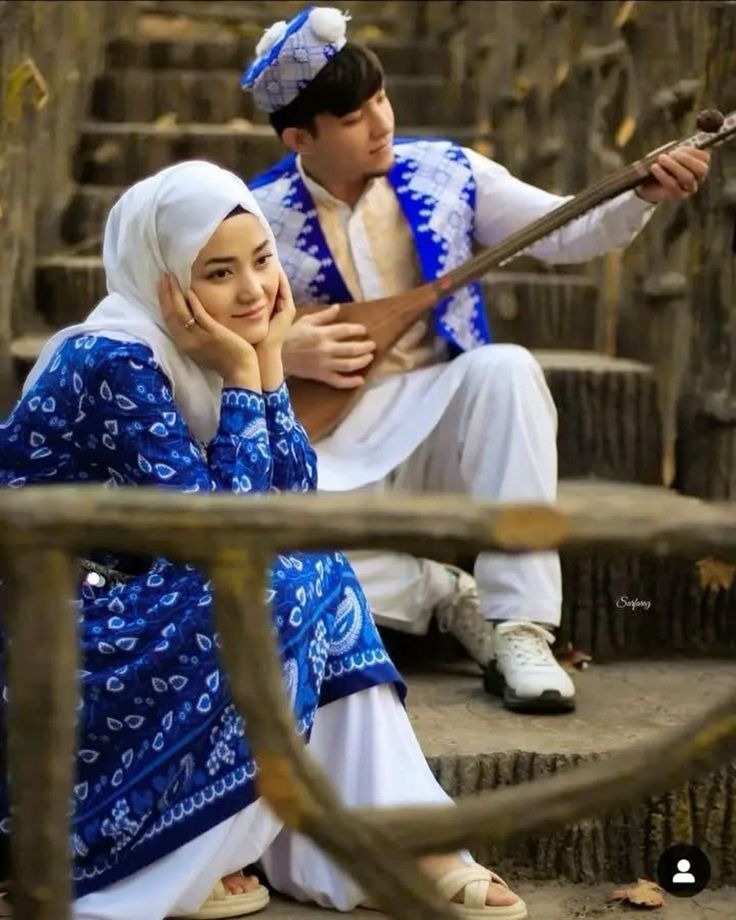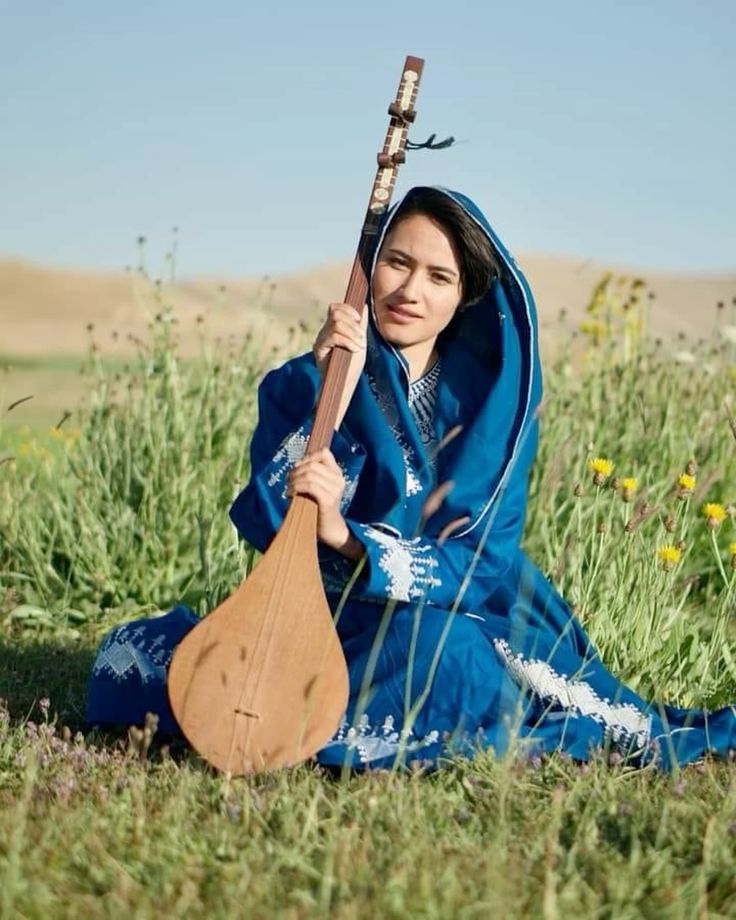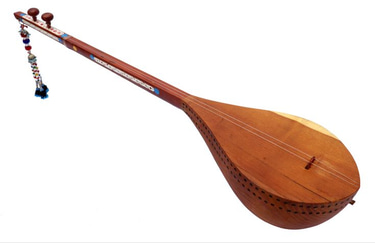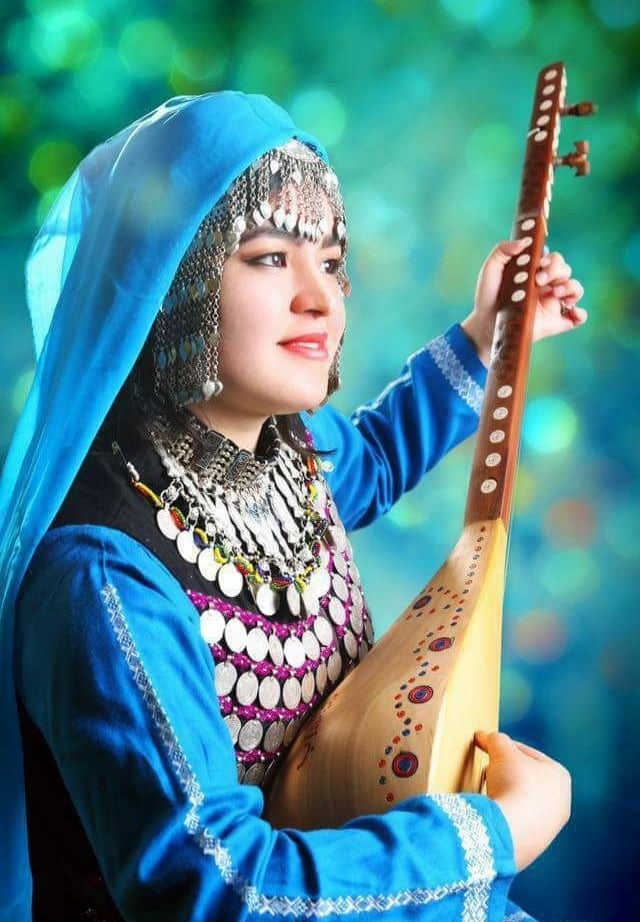

Our Heritage
The Hazara people have a rich, complex, and resilient heritage, primarily centered in the mountainous region of central Afghanistan known as Hazarajat (or Hazaristan), with significant diaspora communities in Pakistan, Iran, and globally.
Here is an overview of their key heritage components
1. Origins and Identity
Ethno-Genesis: The Hazara are considered to be the result of a historical blend of various ethnic groups.
Mongolic/Turkic Influence: The most widely cited theory and strong genetic evidence suggest that their origins are rooted in Mongolic and Turkic groups, particularly those associated with the Mongol armies (like those of Genghis Khan) that arrived in the region between the 13th and 15th centuries. The name "Hazara" itself is thought to derive from the Persian word for "thousand" (hazār), a possible reference to the Mongol military unit, the ming (thousand).
Iranic Influence: They intermixed with the local, pre-existing Iranic populations.
Distinctive Features: Hazara people often have distinctive East Asian physical features, which set them apart from other major ethnic groups in Afghanistan.
2. Language: Hazaragi
Classification: The Hazara speak Hazaragi, which is an eastern dialect of Persian (Dari). It is mutually intelligible with Dari, one of Afghanistan's official languages.
Mongolic & Turkic Vocabulary: A defining linguistic feature of Hazaragi is the retention of a significant number of ancient Mongolic and Turkic loan words, which are not found in other Persian dialects. This vocabulary provides a linguistic link to their ancestral roots.
3. Religion
Shia Islam: The vast majority of Hazaras are Shia Muslims (mostly Twelver Imami), which is a key factor in their historical and ongoing persecution in predominantly Sunni-majority Afghanistan.
Minority Faiths: A smaller number follow the Ismaili branch of Shia Islam or are Sunni Muslims.
4. Culture and Arts
Music and Poetry: The Hazara are famous for their vibrant musical and poetic traditions, which are largely folkloric and passed down orally.
Dambora: The Dambora (a fretless, two-stringed lute) is the iconic and central instrument of Hazaragi music, used to express deep emotional themes of love, life, suffering, and resistance.
Cuisine: Hazara cuisine shows a blend of Central Asian, South Asian, and Persian influences. Meals often revolve around bread, high-protein foods like meat and dairy, and specific dishes such as ash (noodles) and mantoo (dumplings).
Buzkashi: They participate in Buzkashi, the Central Asian sport where horse-mounted players compete to place a goat or calf carcass in a goal.
Folklore: Their culture is rich in folklore, including myths associated with the historic Bamyan Buddha statues, which are tragically no longer standing. In Hazara folklore, the statues were sometimes associated with the star-crossed lovers, Salsal and Shahmama.
5. Historical Context and Resilience
Traditional Homeland: The Hazara primarily inhabit Hazarajat, the rugged, central mountainous core of Afghanistan. Historically, their remote location allowed for periods of relative autonomy.
Persecution and Diaspora: Since the late 19th century, particularly under Amir Abdur Rahman Khan, and more recently under the Taliban, the Hazara have faced brutal ethnic and religious persecution, including massacres, forced displacement, and systemic discrimination.
Value of Education: Despite adversity, the Hazara community places a very high value on education and literacy, with a notable push for academic achievement and public participation, particularly among women.
Global Recognition: Hazara Culture Day, celebrated globally on May 19th, is a modern effort to showcase their rich traditions and highlight the community's struggle and resilience.
